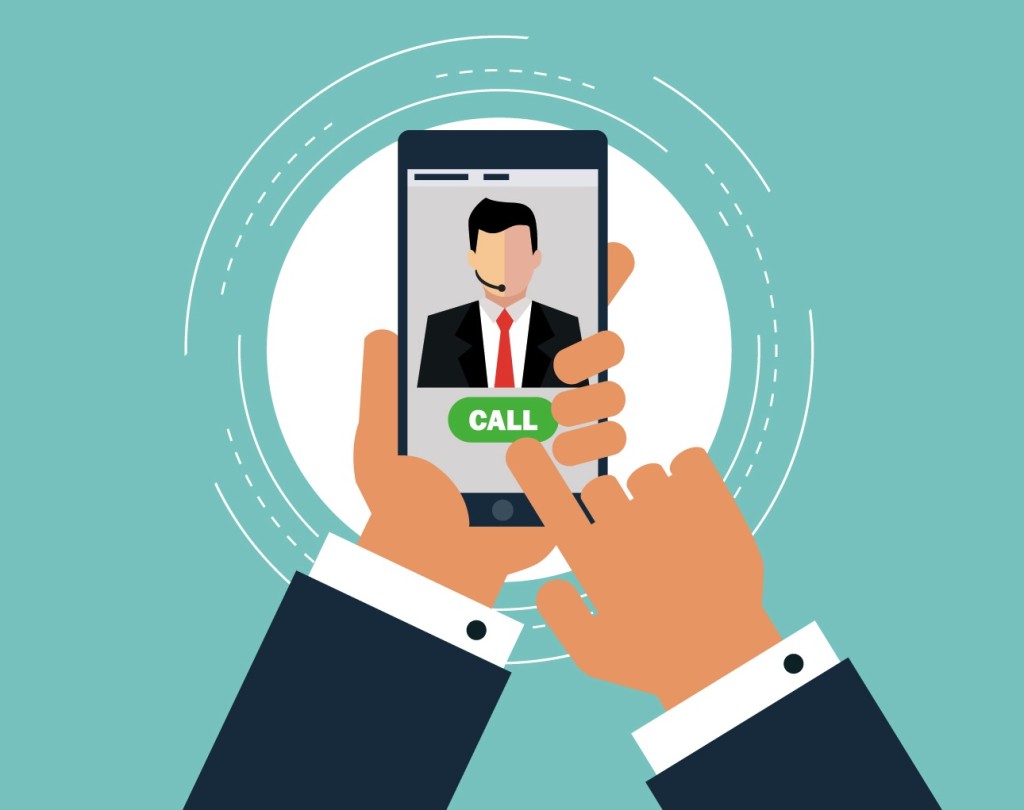 While mobile marketing is already on the radar screens of most B2B marketers, 2017 looks to be the year when many of these marketers really embrace a mobile-first marketing strategy. Such a strategy recognizes that we’ve reached a tipping point in how people consume content – from here on out, mobile will account for more than half of all content that’s consumed. So that opens the door for a few mobile marketing hacks:
While mobile marketing is already on the radar screens of most B2B marketers, 2017 looks to be the year when many of these marketers really embrace a mobile-first marketing strategy. Such a strategy recognizes that we’ve reached a tipping point in how people consume content – from here on out, mobile will account for more than half of all content that’s consumed. So that opens the door for a few mobile marketing hacks:
Hack #1: Embraced the accelerated mobile page
One of the big buzzwords of late has been AMP, or accelerated mobile page. Mostly, this is the result of Google, which announced that page load time and mobile friendliness would impact the ranking of a site in Google. In other words, if you’re one of those companies where it seems like it takes forever to load a mobile page, you’re going to be penalized in the search results.
Even now, in any set of mobile search results, you’ll see a little “AMP” and what appears to be a burst of lightning next to AMP-enabled pages. To make the task of adapting to AMP as painless as possible, Google now has a step-by-step guide for creating AMP pages. Think of an AMP as a streamlined, down-and-dirty version of an HTML page that makes it load faster.
Hack #2: Create video content for mobile users
Creating mobile video content doesn’t mean creating a bunch of viral videos and uploading them to YouTube. Instead, it means creating the types of videos that you can embed within any communications with the customer. So, for email newsletters, that might mean brief product videos that are optimized for the mobile screen (i.e. any text in the video needs to be legible on a tiny screen) instead of long text paragraphs. For your website, it might mean short intro videos that clearly explain the value proposition of your company.
Hack #3: Embrace social video platforms like Instagram
In the mobile era, it’s not just YouTube that has a monopoly on video. Instead, Facebook, Instagram, Periscope and Snapchat are the new names to know. Here’s where we’re starting to see overlap between social media and video.
For example, consider the launch of Instagram Stories, which are based on Snapchat Stories. It’s a way for any B2B brand to tell stories via photos and videos on one of the world’s most popular platforms. While Snapchat still skews very young in terms of age, it’s clear that many of the innovations that started there – such as ephemeral content that disappears after being viewed – are now being embraced by the bigger social networks.
And don’t forget about live video, which is being popularized by Facebook Live. It’s a great way to bring customers and prospects into experiences that you are hosting, such as trade show events, conferences or vendor showcases.
By 2020, video is set to overtake the Internet, accounting for a majority of content that is consumed. There’s still time between now and then to make video an integral part of your next B2B marketing campaign.
IMAGE: Designed by Freepik
